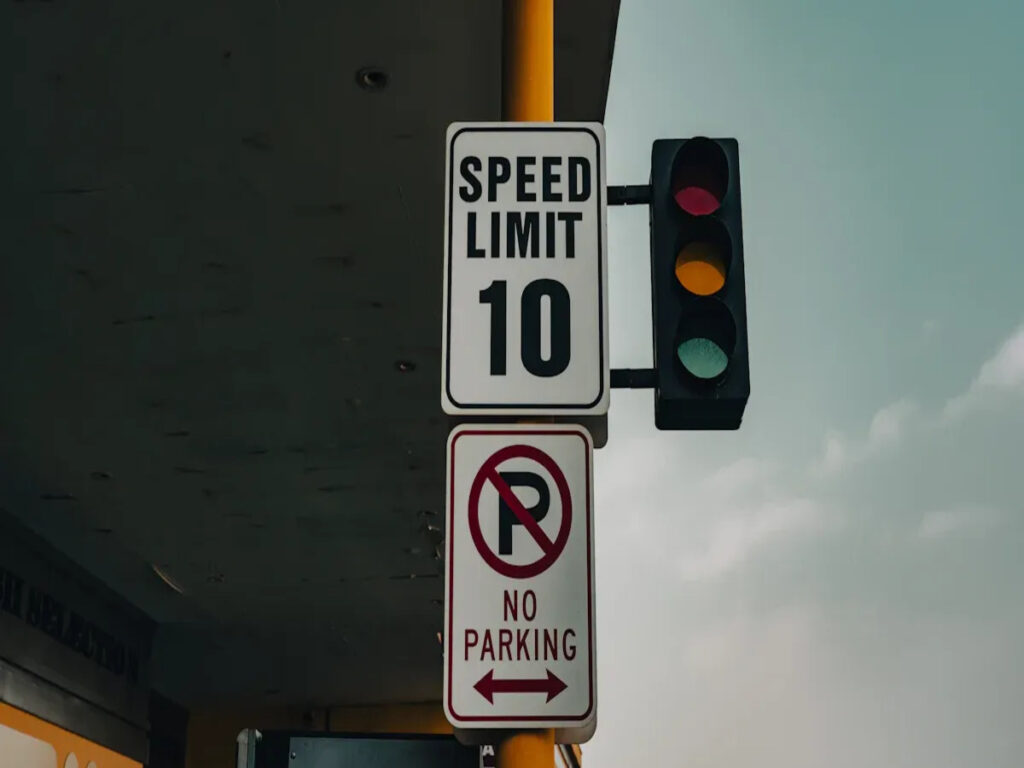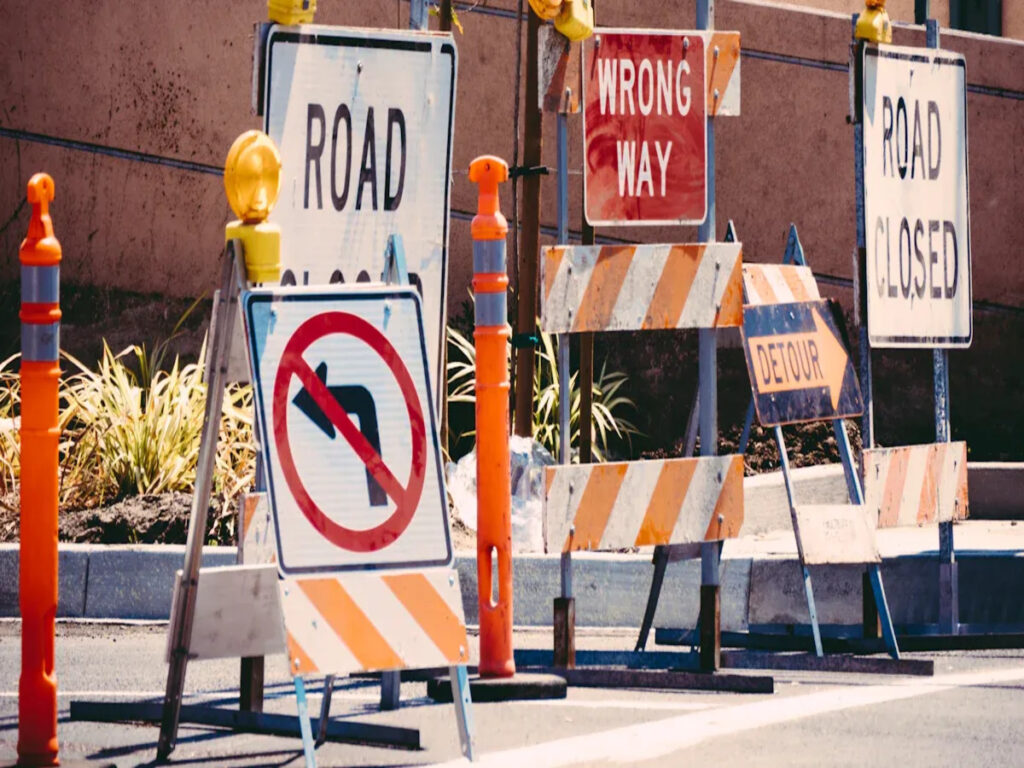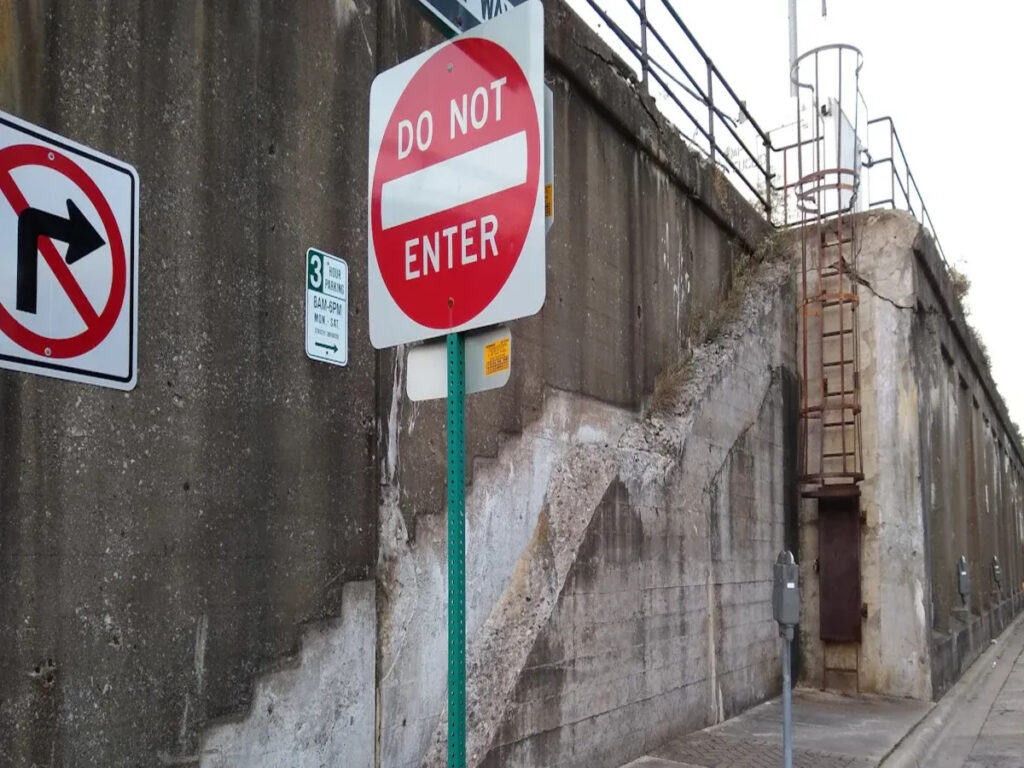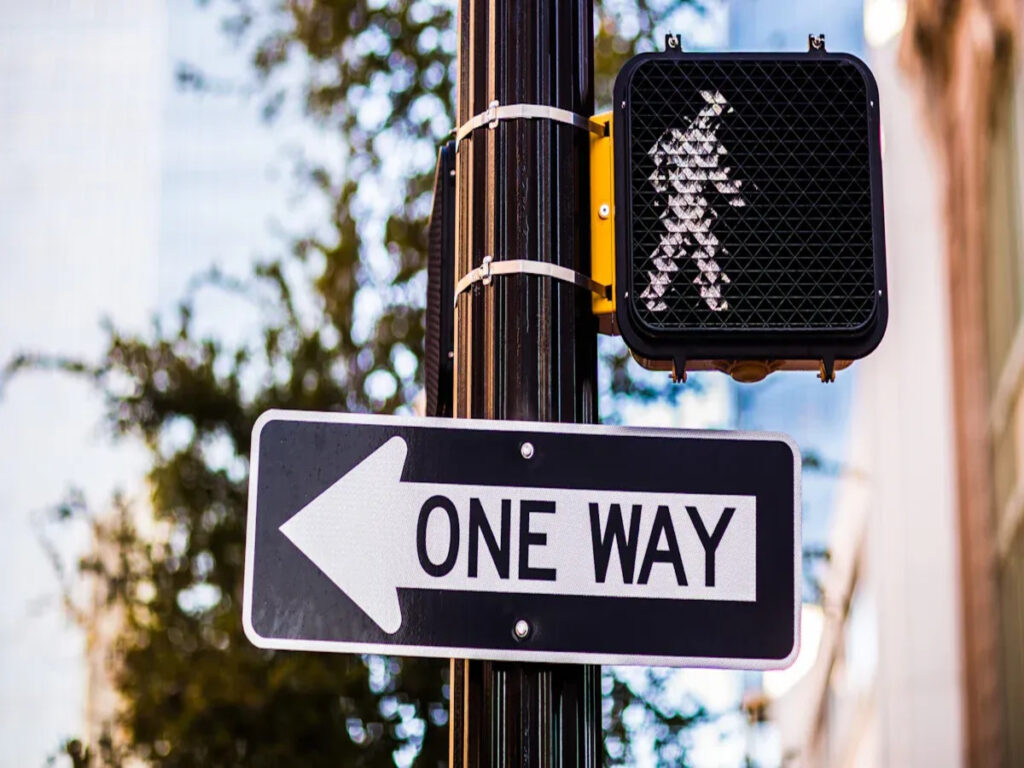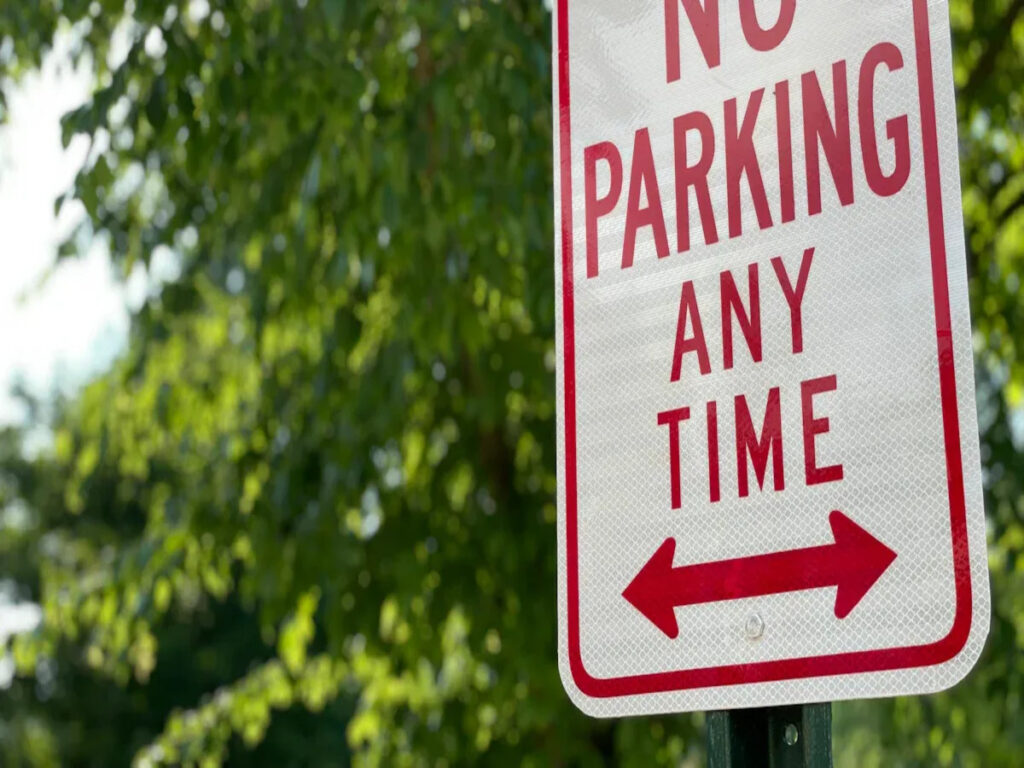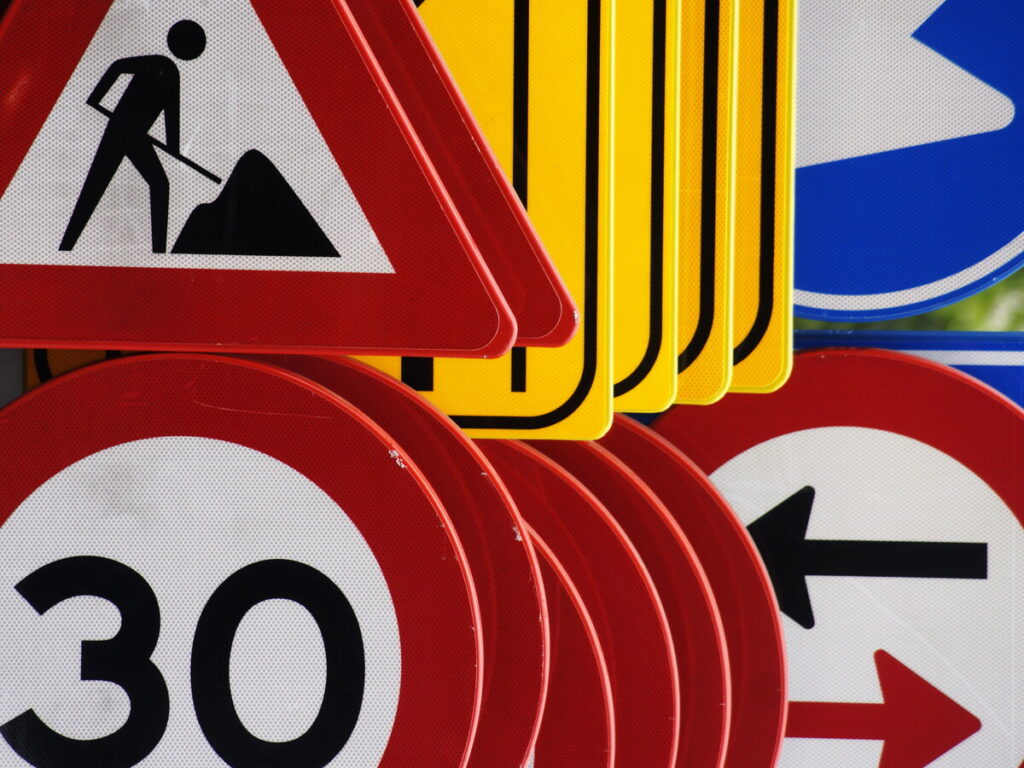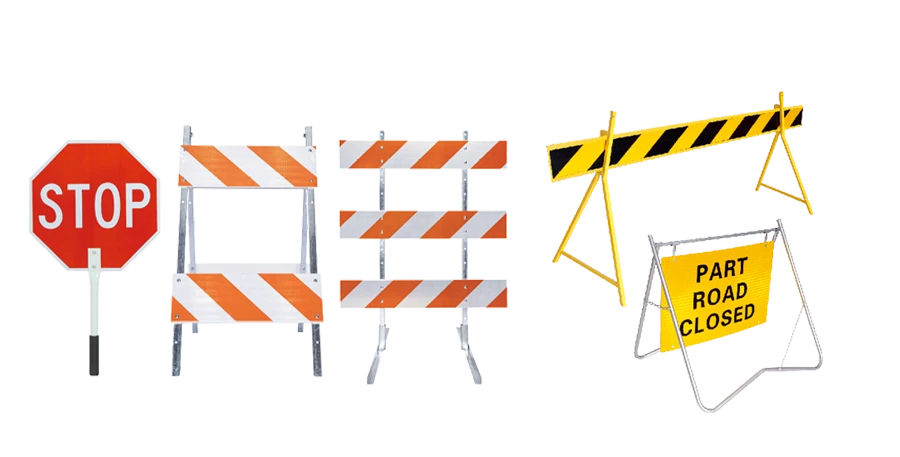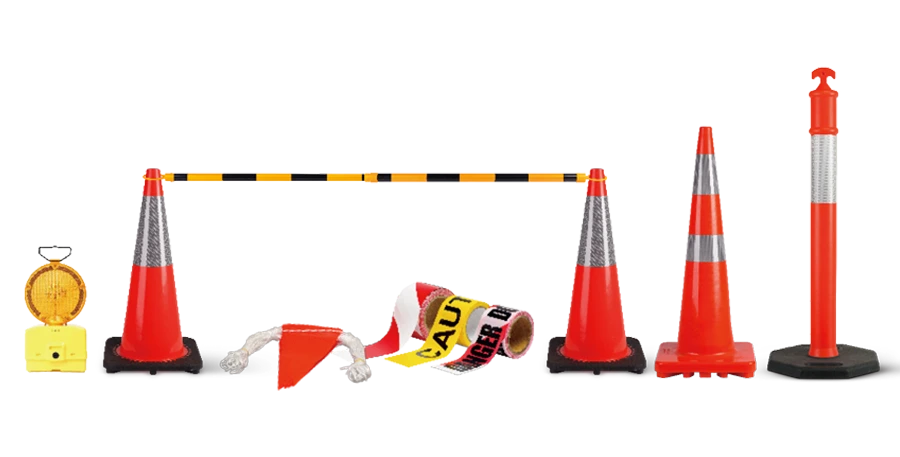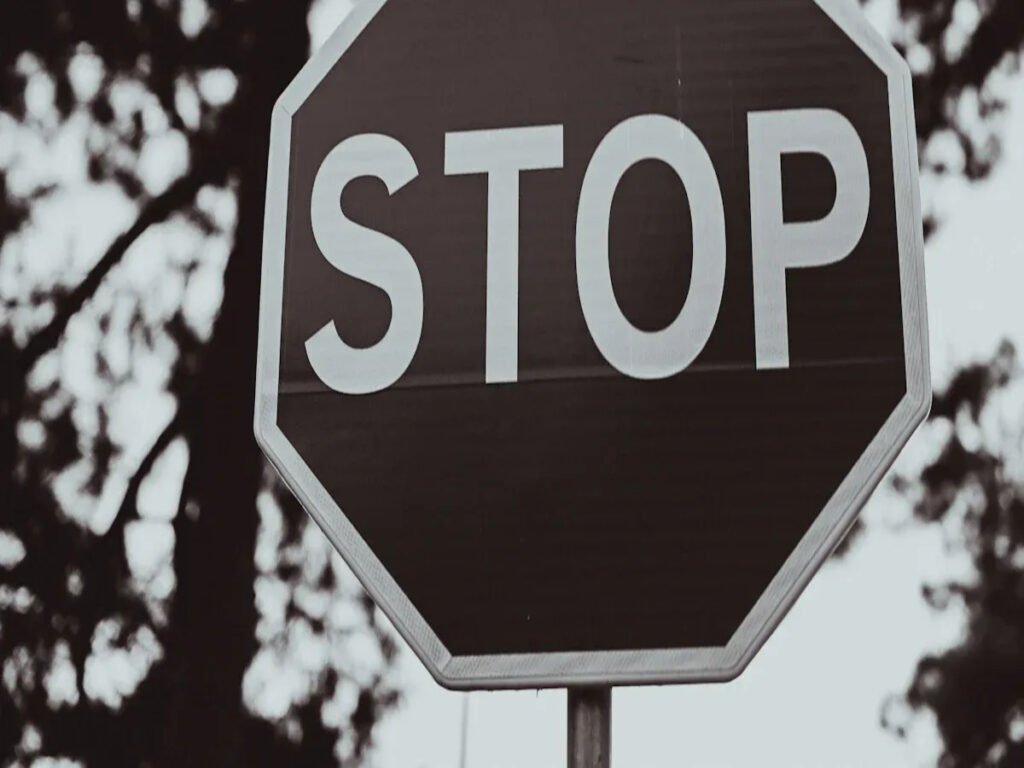
Каждый день, drivers with colour blindness face increased challenges on the road. A study in Saudi Arabia found that 4.7% of truck drivers had colour vision deficiency. Drivers with vision problems were at a greater risk of accidents. Simple modifications, such as a stop sign with three black dots, assist all drivers. These changes are particularly helpful when traffic lights are not functioning. Research demonstrates that shapes and patterns enable drivers to respond more quickly to hazards. These visual cues contribute to making roads safer for everyone.
В Optraffic, we recognise the importance of inclusive and accessible traffic solutions. Как traffic safety sign manufacturer, we provide high-visibility signage options, like stop sign with three black dots, designed to enhance safety for all road users, including those with visual impairments.
Colour Blindness Challenges
Types of Colour Blindness
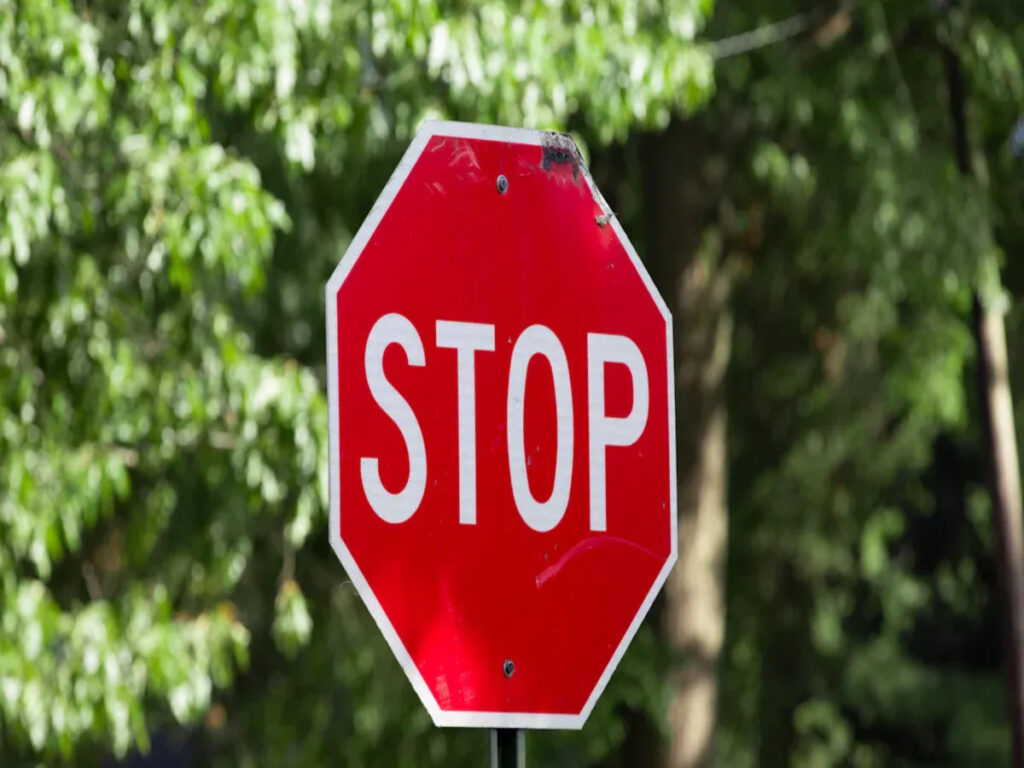
Colour blindness affects many people around the world. Most people with it cannot see red and green shades well. Scientists put colour blindness into different groups. The table below lists the main types, how common they are, and who gets them most:
| Colour Blindness Type | Prevalence (%) Общий | Male Prevalence (%) | Female Prevalence (%) | Notes/Additional Info |
|---|---|---|---|---|
| Red-Green (all types) | 98% of cases | ~8% | ~0.5% | Most common type |
| Deuteranomaly (green cone) | 2.32% | ~6% | Очень низкий | Most frequent specific type |
| Protanomaly (red cone) | 0.54% | Lower than deuteranomaly | Очень низкий | |
| Tritanomaly (blue cone) | 0.02% | Very rare | No gender difference | |
| Deuteranopia (missing green) | 0.64% | N/a | N/a | Complete absence of green cone |
| Protanopia (missing red) | 0.51% | N/a | N/a | Complete absence of red cone |
| Tritanopia (missing blue) | 0.01% | N/a | N/a | Least common complete absence |
| Blue-Yellow Deficiency | ~0.01% (1 в 10,000) | Equal in males/females | Equal | Редкий, autosomal inheritance |
| Achromatopsia | ~0.003% (1 в 30,000) | N/a | N/a | Severe, rare form |
Red-green colour blindness is the most common type. Boys are more likely to be colour blind than girls. The chart below shows how often colour blindness happens in different ethnic groups:
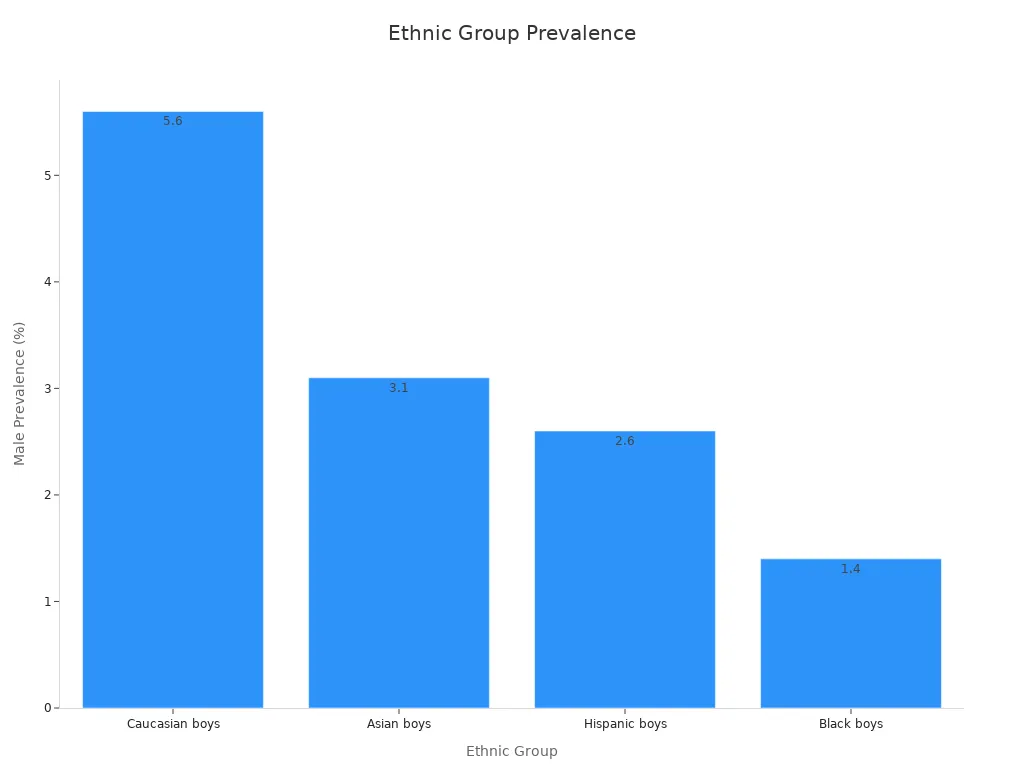
Issues with Red Stop Signs
Drivers with colour blindness have special problems on the road. Many cannot tell red and green traffic lights apart. Some common problems are:
- Hard to tell red from green, especially at traffic lights.
- Mixing up yellow and green lights.
- Not seeing brake lights or turn signals easily.
- Night driving is harder because colours look dull.
- Some drivers confuse traffic lights with street lights.
Примечание: Many colour blind drivers use clues like the shape or place of lights to help them drive safely.
Normal red stop signs can be hard to see for people with protanopia or deuteranopia. These drivers may not spot red signs if they are near trees or brick walls. Studies show that people with colour vision deficiency react slower to red signals. Some say they miss stop signs or warning lights, Особенно, когда это темно. Даже с этими проблемами, accident rates for colour blind drivers are not much higher than for others. Many learn to remember where signals are and drive more carefully.
Stop Sign with Three Black Dots
Design and Features
The stop sign with three black dots stands out from the traditional red stop sign. This design uses three bold black dots arranged in a triangle below the word “ОСТАНАВЛИВАТЬСЯ”. The dots create a strong visual pattern that drivers can recognise quickly. The octagonal shape of the sign remains the same, but the black dots add extra contrast. This helps drivers who cannot see red well. The black dots do not rely on colour. They use shape and pattern to send a clear message.
Many drivers with colour blindness find it easier to spot the stop sign with three black dots. The black dots catch the eye, even when the background is busy or the light is poor. The pattern works well for people who have trouble seeing red. It also helps older drivers who may have lost some contrast sensitivity. The sign uses both shape and pattern, so it gives more than one clue to drivers. This makes the road safer for everyone.
Function at Traffic Lights
The stop sign with three black dots often appears at intersections with traffic lights. It plays a key role when the lights stop working or flash yellow. В этих случаях, drivers must decide what to do without the usual colour signals. The three black dots give a clear, non-colour-based cue to stop. Drivers do not need to rely on the colour of the sign or the lights. They can see the pattern and know to stop.
В Новом Южном Уэльсе, Австралия, local councils have used the stop sign with three black dots at many intersections. This practice helps drivers, especially those with colour blindness, react faster and more safely. Studies in Australia show that black spot treatments, which include the use of three black dots to mark dangerous places, can reduce injury crashes by up to 27%. The table below shows how these measures improve safety at intersections:
| Safety Measure / Тип местоположения | Reduction in Injury Crashes | Reduction in Fatal/Serious Injury Crashes |
|---|---|---|
| Overall black spot treatment (with control groups) | 24-27% | 46-57% |
| Priority controlled intersections with layout changes | 42% | N/a |
| Intersections with new traffic signals installed | 35% | N/a |
| Signalised intersections with left-turn phasing | 22% | N/a |
| Layout changes at signalised intersections | 11% | N/a |
| Conversion to roundabouts (signalised and priority) | 21% | N/a |
These results show that the stop sign with three black dots, as part of black spot treatments, helps lower crash rates. The sign gives all drivers, including those with colour blindness, a clear and quick way to know when to stop. This simple change in design makes intersections safer and supports inclusive road safety.
Shape and Contrast
Octagonal Recognition
The stop sign has an octagonal shape. This shape is easy to spot on the road. Drivers can see it even when colours are hard to see. The octagon does not look like other road signs. This helps drivers notice it fast. It is helpful in busy or confusing places.
Researchers have looked at how people see different sign shapes. В таблице ниже показано, что они нашли. Octagonal signs, like stop signs, are the easiest to recognise. Drivers see them faster than round or rectangle signs.
Octagonal stop signs are recognised almost 95% того времени. This is better than round signs, like ‘no parking’, which are seen about 84% того времени. The special shape helps all drivers, even those with colour blindness, spot the sign quickly.
Black Dots for Visibility
Black dots make the stop sign stand out more. The dots form a strong pattern on the sign. Drivers who cannot see red well can still see the black dots. This is helpful near trees or brick walls. The black dots give a clear clue that does not use colour.
- Black dots make the edges of the sign clearer.
- The pattern is easy to see, Даже в тусклом свете.
- Older drivers and those who see less contrast can spot the sign better.
Studies show that using shapes like black dots helps drivers react up to 30% Быстрее. This is true for drivers with colour vision deficiency. The mix of shape and contrast makes the stop sign easier to notice and understand. This design helps keep roads safer for everyone.
Inclusive Road Safety Design
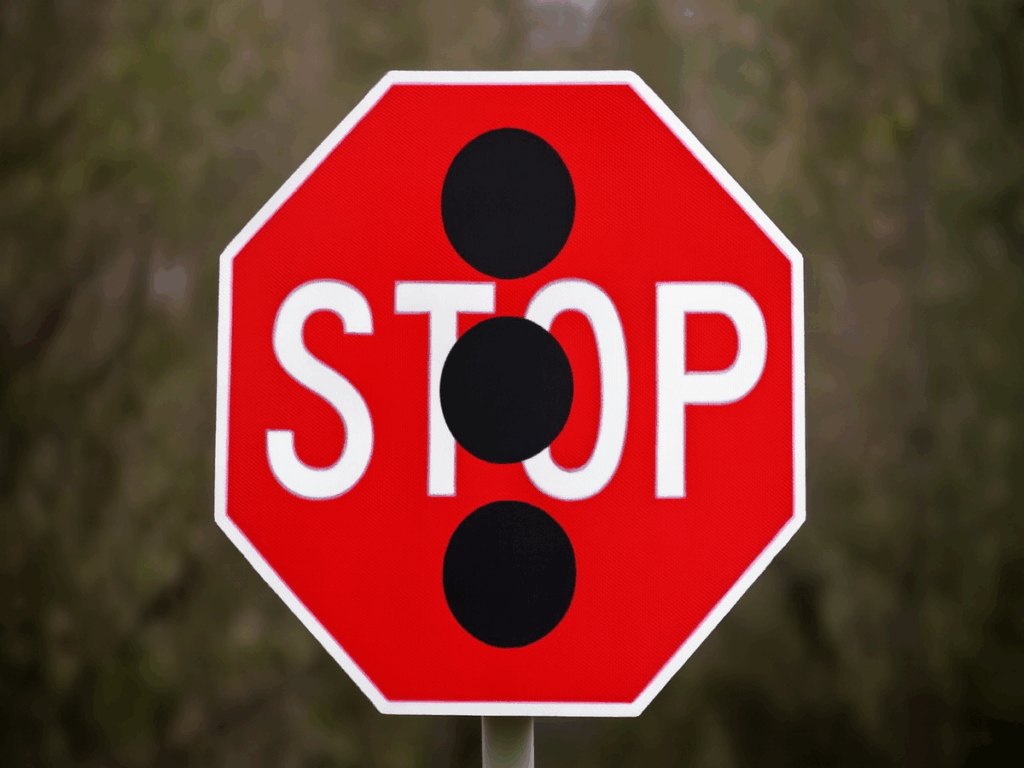
Redundancy in Signage
Redundancy in road signs means giving more than one clue. This helps all drivers, even those with colour blindness or poor vision. Signs use shape, цвет, contrast, and shine to make sure everyone understands. The Human Information Processing model says drivers react faster with more clues. Например, a stop sign with three black dots uses both shape and pattern. This helps drivers who cannot see red very well.
| Principle | Объяснение |
|---|---|
| Знак знака | Bigger letters help people read signs, Особенно ночью. |
| Stroke Width | Thick lines make it easier for older drivers to see signs. |
| Contrast | Strong contrast, like black on orange, makes signs easy to spot. |
| Fluorescent Materials | Bright materials help signs stand out in any weather. |
| Symbol Use | Pictures help drivers know what signs mean quickly. |
| Redundant Signing | Extra signs in key places make sure drivers get the message. |
- Fluorescent signs help drivers see signs from far away.
- Drivers slow down more when signs are bright and clear.
- Good sign spots and shiny materials keep signs easy to see in bad weather.
The stop sign with three black dots gives another visual clue. This makes it easier for drivers with different needs to see and understand the sign. Normal stop signs mostly use colour and shape. The black dots add more safety.
Global Trends
Countries everywhere try to make roads safer for all people. Rich countries have fewer road deaths because they use better signs and rules. Some poorer countries, like Burundi, have made big changes by trying new safety ideas. The United Nations and European Union support the Safe System plan. This means making roads, знаки, and rules that protect everyone, not just most drivers.
США. Mutcd makes rules for sign lights and shine. It makes sure signs are easy to see day and night. The EU Vision Zero plan uses pictures and many languages on signs. This helps people from different places understand road signs. Both systems want signs to be clear, яркий, and simple to read. They use shape, цвет, and pictures to help all drivers, even those with colour blindness or who speak other languages.
Road safety experts say using more than one clue on signs saves lives. The stop sign with three black dots is one way simple changes can help everyone stay safe on the road.
Australian Experience
Local Council Practices
Local councils in Australia have made roads safer. Many councils in New South Wales use the stop sign with three black dots. They put these signs at intersections where lights might not work. They also use them where it is hard to see. Council workers say these signs help drivers notice when to stop. This is very helpful in country areas.
A table below shows what some councils do:
| Council Area | Use of Black Dot Stop Signs | Reason for Adoption |
|---|---|---|
| Sydney Suburbs | Да | High traffic, light outages |
| Rural NSW | Да | Low visibility, red soil |
| Coastal Regions | Иногда | Fog, glare from water |
Примечание: Councils often pick these signs after talking with road safety groups.
Councils listen to what people in the area say. They sometimes try out new sign designs for a short time. Some councils say there are fewer complaints about missed stop signs now. This happened after they put up the black dot signs.
User Feedback
Drivers in Australia have talked about the stop sign with three black dots. Many drivers with colour blindness feel safer at intersections. They see the black dots quickly, even if the background is busy or it is dark.
Older drivers also say the black dots help them. Some can see the sign from further away. A few drivers do not notice the change at first. Позже, they realise they react faster to the sign.
- Drivers with protanopia say they see the sign better near trees.
- Older drivers like the extra contrast.
- Some parents say learner drivers spot the sign more easily.
“I always found red signs hard to see in the bush, but the black dots are easy to spot,” said one driver from rural NSW.
These stories show that small changes to signs can help many people.
Limitations and Considerations
Standardisation Issues
Road signs need to look the same in every place. Standardisation helps drivers know what to expect. В Австралии, most road signs follow the rules in the Австралийский стандарт как 1742. Some councils use signs with extra features, like black dots, but not all places do this. Drivers who travel between areas may see different signs. This can cause confusion.
A table below shows how different areas use stop signs:
| Тип площади | Standard Stop Sign | Black Dot Stop Sign |
|---|---|---|
| Город | Да | Иногда |
| Деревенский | Да | Часто |
| Прибрежный | Да | Иногда |
Примечание: Standardisation makes roads safer by keeping signs the same everywhere.
Potential Drawbacks
Some people may not notice new sign features right away. Drivers who have seen only the usual stop sign may not understand the meaning of black dots at first. This can lead to slower reactions. Road workers need to teach people about new signs. Signs with extra features may cost more to make and install.
- New designs may need extra training for road workers.
- Councils must check if all drivers understand the new signs.
- Signs with more details can be harder to keep clean.
Кончик: Councils can use leaflets or local news to explain new signs to the public.
Clear and simple signs help everyone stay safe. Changes to road signs should always focus on helping all drivers understand what to do.
Inclusive road safety design is good for all people. Small changes, like using patterns or shapes, help signs stand out. Research shows clear signs lower accident numbers and help drivers with colour blindness. More research can show if these designs work in other places. Using accessible signs in more areas can keep everyone safer. People can help make roads safer by learning about and sharing these ideas. Learn more in our blog: Понимание уникальных знаков «Черная точка» Австралии: Все, что вам нужно знать.
Часто задаваемые вопросы
What is the purpose of the three black dots on stop signs?
The three black dots help drivers with colour blindness see the stop sign more clearly. The dots create a strong pattern that stands out, even when the red colour is hard to see.
Where can drivers find stop signs with three black dots?
Drivers often see these signs in parts of Australia, Особенно в Новом Южном Уэльсе. Councils place them at intersections with traffic lights or where visibility is low.
Do the black dots change the meaning of the stop sign?
Нет, the black dots do not change the meaning. The sign still means “останавливаться”. The dots only make the sign easier to see for everyone.
Кончик: Curious about why these dots cause confusion? Прочитайте наш блог Самый неправильно понятый дорожный знак в Австралии: Debunking Myths About the Black Dots to learn more.
How do black dots help older drivers?
Older drivers sometimes lose contrast sensitivity. The black dots add extra contrast, making the sign easier to spot in poor light or against busy backgrounds.
Are black dot stop signs used in other countries?
Most countries use standard red stop signs. Some places test new designs for better safety. Australia leads in using black dot stop signs to help all drivers.

